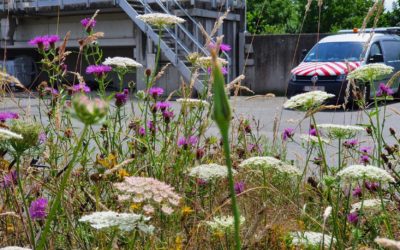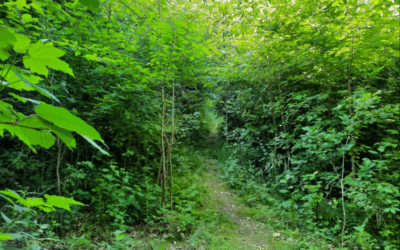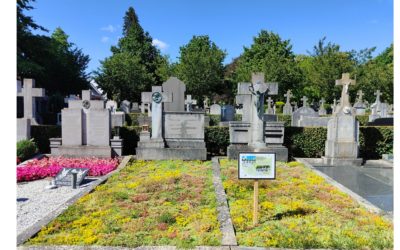Local approach to biodiversity at Aquafin’s wastewater treatment plant sites.
Mini-Wald im Josephine-Koch-Park
Das Projekt
Im Josephine-Koch-Park wächst seit Ende Oktober 2023 ein Mini-Wald nach dem Vorbild eines Urwaldes heran, wie er ohne menschliche Aktivitäten aussehen würde. Normalerweise würde es etwa 200 Jahre dauern, bis sich ein solcher Wald von selbst entwickelt hat. Mit der Methode des Botanikers Akira Miyawaki wird ein ähnliches Ergebnis in 20 Jahren erreicht.
Diese Methode orientiert sich an den Mechanismen und der Vielfalt der Natur: 15 bis 30 einheimische Baum- und Straucharten werden in einem einzigen Wald gepflanzt. Diese Arten funktionieren sehr gut zusammen und sind perfekt an die klimatischen Bedingungen des Pflanzstandortes angepasst.
Dieser Lebensraum wird zunehmend komplexer und bildet im Gleichgewicht mit den aktuellen Boden- und Klimabedingungen ein wunderschönes Ökosystem, das die Erhöhung der Biodiversität fördert.
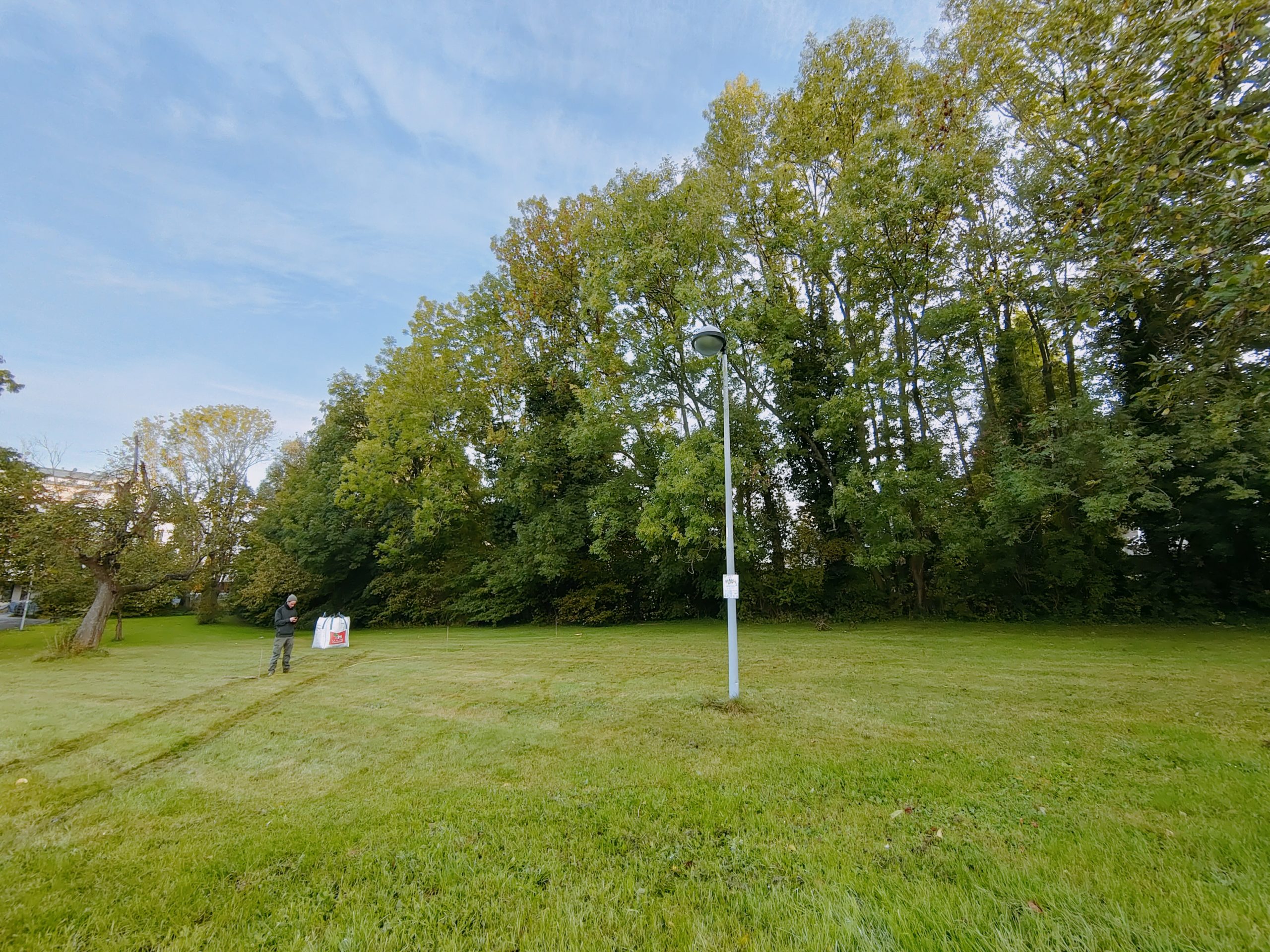
Projektstandort
Beitrag(e)
Projektkosten
Teilnehmer
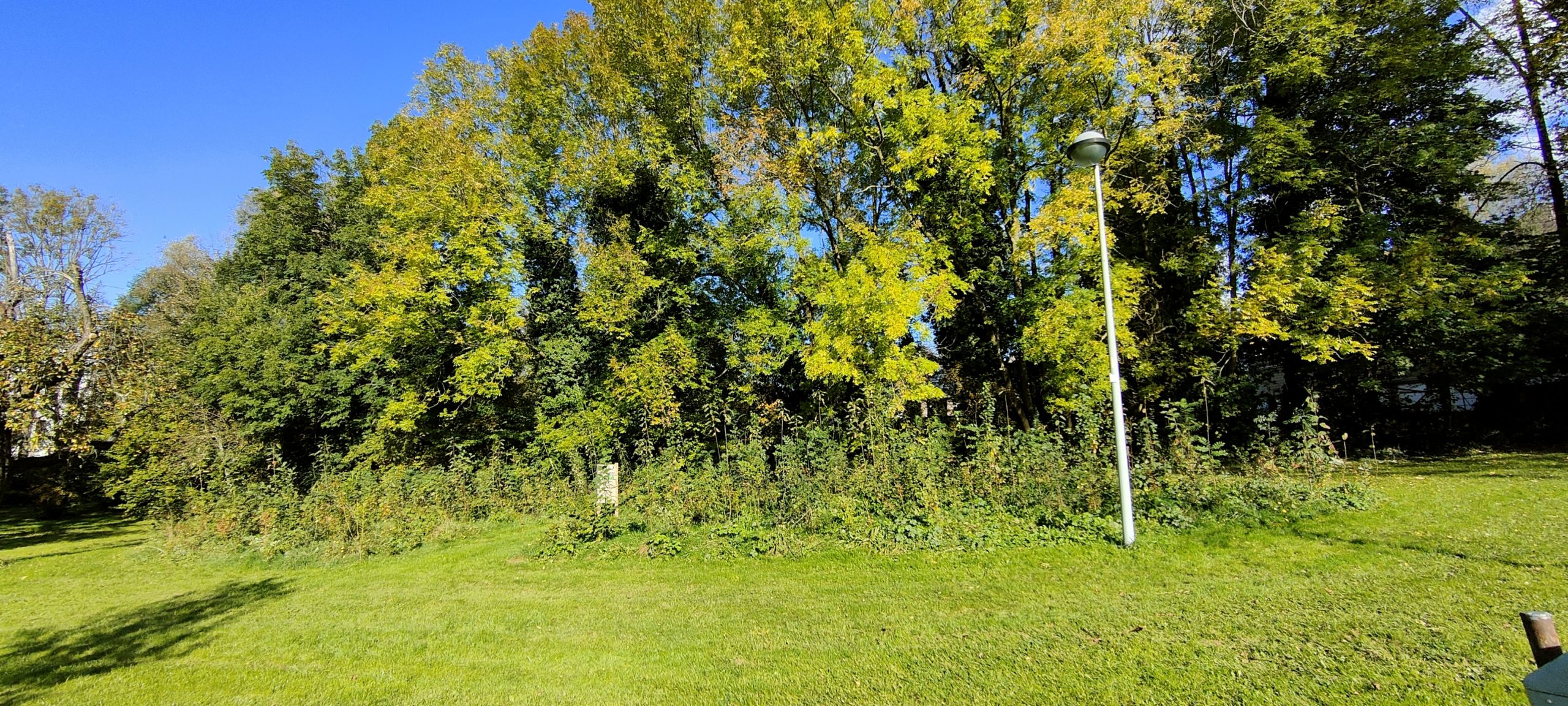
Dieses Projekt wurde im Rahmen des Programms "BiodiverCité" mit finanzieller Unterstützung der Wallonischen Region realisiert.
Dieses Projekt wurde von der Stadt Eupen in Zusammenarbeit mit UrbanForests, Grundschulen, Kindergärten und Anwohnern durchgeführt.
Wie werden die Kriterien des Ziels erfüllt?
Städtische und stadtnahe Gebiete
- Wahrung und/oder Verbesserung der besonderen ökologischen Merkmale des Gebiets (e.g. die Topographie, die Art der Landschaft, die lokale Pflanzen- und Tierwelt);
- Einrichtung eines biodiversitätsfreundlichen Managementsystems (e.g. Renaturierung, weniger Mähen von Parks, Gärten, Schutthalden, Teichen, keine Chemikalien);
- As much naturalness as possible/as little alteration as possible of the initial landscape (landscape, quality of water, of soil, …);
- Einbindung der Entwicklungen in die Umgebung und die Umwelt;
- Gegebenenfalls Verwendung einheimischer Arten/Unterarten, die widerstandsfähiger und resistenter gegenüber dem Klimawandel sind.
Mögliche Initiativen, an denen das Projekt beteiligt ist:
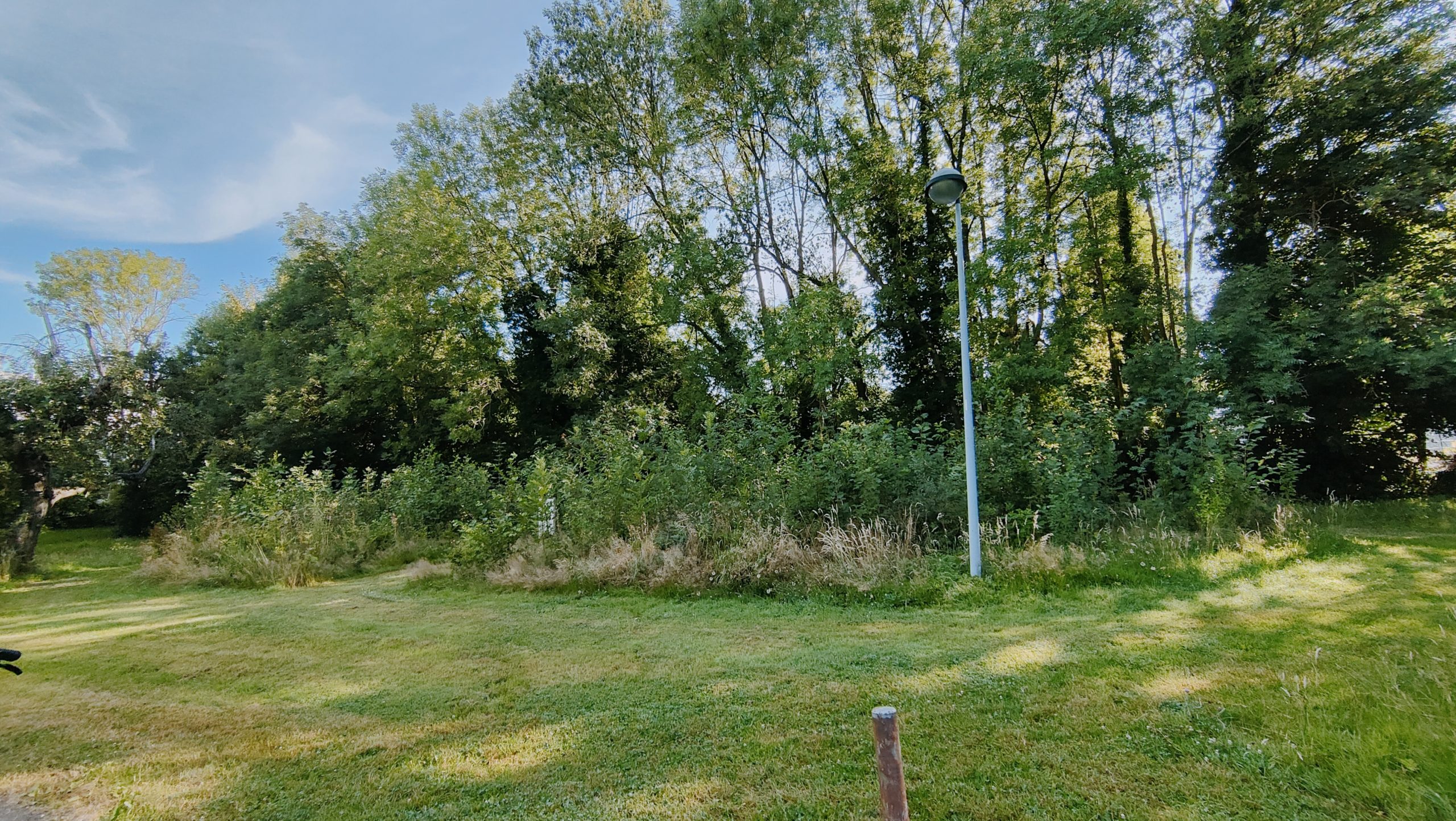
Langfristige Wartung
Nur in ersten beiden Jahren nach der Pflanzung erfolgte ein Unterhalt. Hierbei wurde der Beiwuchs per Hand entfernt, damit die kleinen Bäume und Sträucher nicht vom rascher wachsenden krautigen Unterwuchs überwuchert werden. Nach zwei Jahren sind die Bäume und Sträucher schon so gut entwickelt, dass kein Unterhalt mehr erforderlich ist.
Vorteile
Auf dem Areal des jetzigen Mini-Wamdes war zuvor eine Mähwiese im Stadtpark. Durch das Anpflanzen des Mini-Waldes entwickelt sich nun ein wunderschönes Ökosystem, das die Erhöhung der Biodiversität an dem Standort fördert.
Wir wenden die Prinzipien der Miyawaki-Methode an, die ihren Ursprung in Japan hat und sich trotz unterschiedlicher Böden und Klimazonen weltweit bewährt hat. Bei diesem Ansatz wählen wir einheimische Arten, die an die lokalen Bedingungen angepasst sind, basierend auf wissenschaftlichen Kriterien wie der potenziellen natürlichen Vegetation (PNV) und Feldbeobachtungen. Das Ziel ist es, ein einheimisches Waldökosystem im Kleinen schneller wiederherzustellen und damit die positiven Effekte auf das Stadtklima, die Lebensraumfunktionen, die CO2-Bindung schneller wirken zu lassen. Durch die Lage mitten in der Stadt wird ein besonderer Ort der Naturerfahrung geschaffen. Hier kann man die Waldsukzession im Zeitraffer beobachten.
Weitere Projekte im Zusammenhang mit dem Ziel: „Städtische und stadtnahe Gebiete“
Micro-forests
UrbanForests specialises in creating participatory micro-forests that are 100% natural and based on the Miyawaki method.
Lebendiger Friedhof in Eupen
Statt nicht mehr genutzte Grabstätten mit Kies zu bedecken, werden hier pflegeleichte Dauerbegrünungen getestet.
